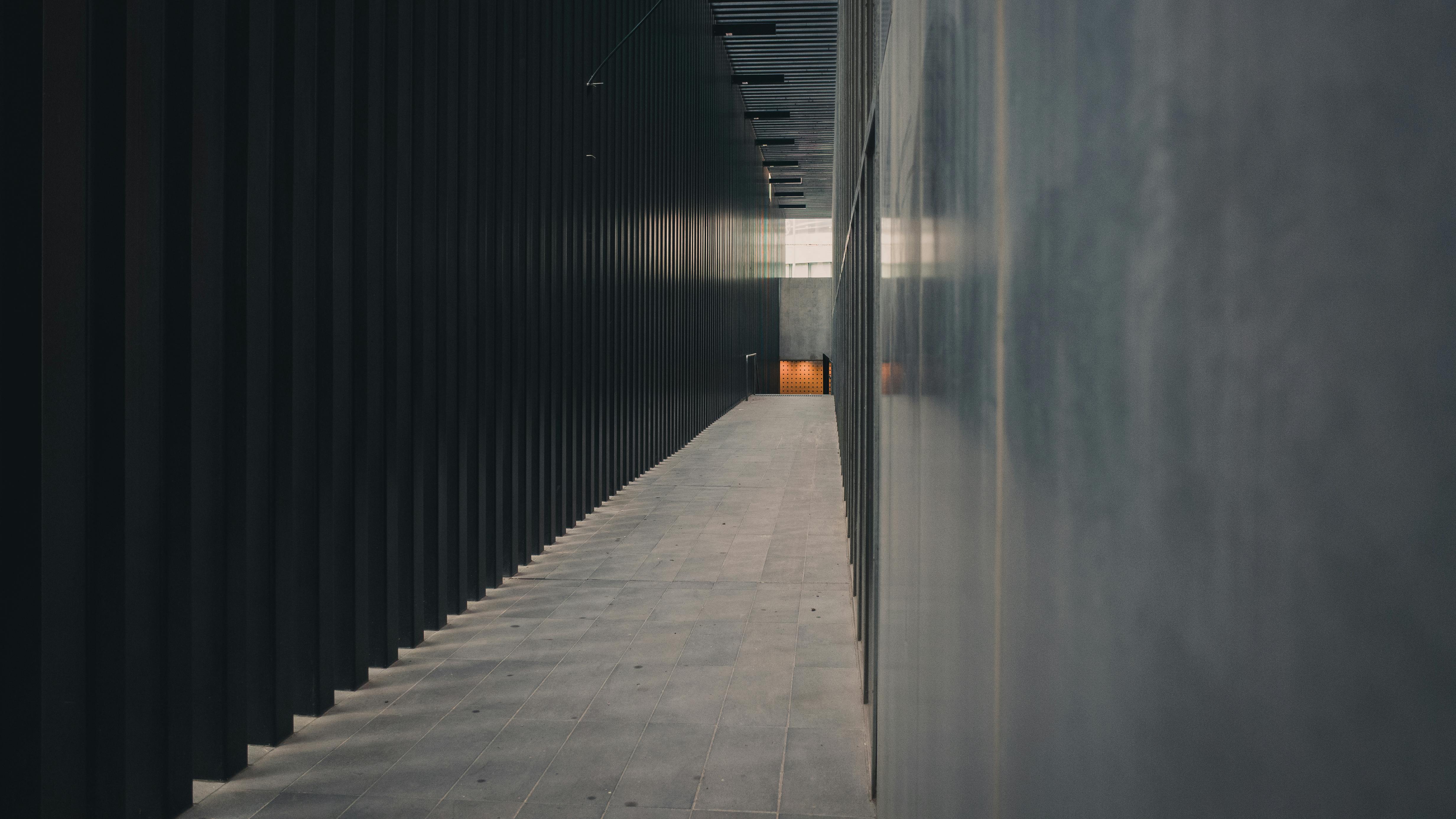Do-it-yourself drywall installation is one of the most practical jobs you can do as a homeowner. Whether you have a damaged ceiling from a leaky ceiling or AC pan, or some new walls that are part of a remodeling project, at some point, you’re going to need drywall work in your home. The good thing is; With the right knowledge, the right tools, and some practice; almost anyone can do it. The basics you need to know include:
Materials-This may seem pretty obvious, but there are a few different options.
- Thickness-Drywall or drywall comes in thicknesses of 1/4″, 1/2″ and 5/8″. The most common in residential is 1/2″. 5/8″ is most commonly used in commercial jobs and is a building code requirement in many areas due to its higher fire resistance rating. 1/4″ is used primarily over other materials such as paneling or plaster when applying It’s about a different type of wall. surface is desired. If you are doing a patch or repair; check the thickness of the existing drywall before purchasing your new material to make sure it will match.
- Application-Most walls and ceilings will have standard gray sheetrock. However, in areas of high humidity, such as bathrooms and kitchens; use the most waterproof green rock. There is also, now, drywall that contains the same type of fiber cement materials used in tile backer boards for use on walls that will end up with tile.
- joint compound-Also called drywall mud, this is the key element to a successful do-it-yourself drywall installation. This will come in the form of a pre-mixed paste in boxes or buckets or a powder, in bags, that must be mixed with water. There are also quick-drying kwikset materials that can be used for patches and repairs.
- joint tape-This can be purchased in the traditional paper format, which must be applied with joint compound, or fiber tape, which is commonly used in repairs because it eliminates a step in the process.
- Nails or Screws-Traditionally, nails have been used in residential work and screws in commercial work (due to the use of metal studs). However, screws have become more residential due to the speed of screw guns.
Tools-Just a few basic tools will handle most any type of do-it-yourself drywall installation.
- Drywall Knives-This type of knife is not used to cut, but to spread the mud, cover the seams, float and skim; and it actually looks more like a spatula than a knife. They come in a variety of widths from around 3″ (used for seam sealing) up to 12″ (for floating and skimming). You will most likely need at least 3 sizes for any given job, as each thin layer flares out a bit.
- mud bread-These long rectangular trays come in metal or plastic and are used to hold joint compound. They are narrow enough to be held in one hand while using the knife with the other.
- Utility Knife / Drywall Saw-Most sheetrock cutting is now done with utility knives with interchangeable blades. Change them as often as necessary for an easy and clean cut. Drywall saws are long (about 10″) triangular saws with small handles and are primarily used to cut holes for plumbing and electrical.
- High powered drill and paddle bit-If you are doing a small repair; You can mix the mud by hand with a drywall knife. But for larger drywall installation projects, it’s essential that you have a strong enough drill to mix the mud with a trowel to get the right consistency and remove any lumps.
Pendant-This is pretty self explanatory. Nail or screw it to the wall or ceiling. Just a couple of tips.
- secure it well-Do not skimp on nails or screws. You don’t want movement when someone leans against the wall. If it is not fastened correctly, it will cause cracks in the mud.
- Watch out for cuts– Keep a close eye on switches, plugs and telephone jacks. They are easy to hide and hard to find later.
- have enough help-The plasterboard is heavy. Make sure you have someone help you hold it while you drive the screws or nails. This is especially true when ceilings are hung.
- countersink fasteners-Make sure nails or screws penetrate beyond the surface so they can be covered with mud.
refinement-The drywall finishing process is called taping and floating and is the most critical step in installing drywall yourself.
- tape the seams-This can be done with paper or fiber tape. Using paper, spread a thin layer of mud over the seam, using a drywall knife; press the tape into the mud and over the seam. Then use the knife to remove the excess mud. When this process is complete; you must wait for the mud to dry before applying the first thin coat. The advantage of the fiber tape is; Adheres to sheetrock without the need for mud. Therefore, you can immediately apply a thin layer.
- Float and Skim-This can be done in one layer or it can take 2 or 3. The idea is to have an even surface with no bumps, bumps or dips. One of the keys to a successful do-it-yourself drywall installation is mixing the mud to the right consistency so it spreads easily. The other is just good old-fashioned practice. Some people take it faster than others. But, the more you do it, the better you will be.



